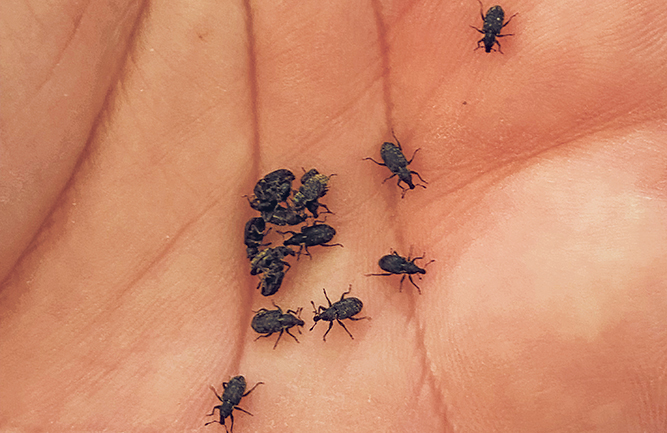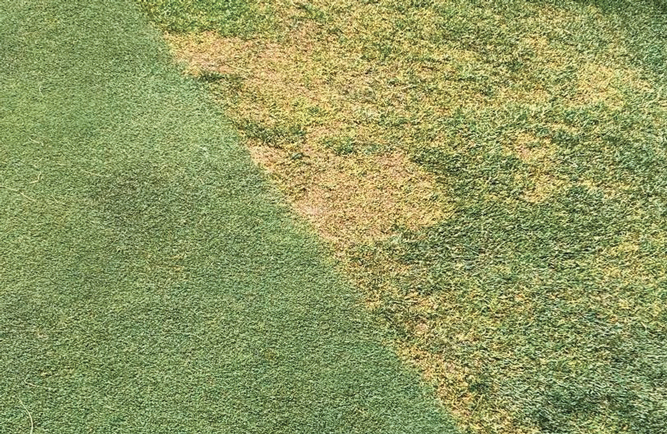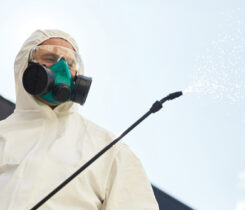Turf Pest of the Month: A new way to fight ABW
Annual bluegrass weevils (ABWs) resist several modes of action to control them, says Ian Rodriguez, Ph.D., technical services manager at Quali-Pro. With that in mind, Quali-Pro is supplying superintendents with a new tool to fight ABW: Suprado, with the active ingredient, novaluron.

Annual bluegrass weevils have become resistant to many modes of action that are currently available. (Photo courtesy of Control Solutions)
“Pests such as ABW have never seen this mode of action before,” Rodriguez says. “That brings a valuable tool to the table because right now, there’s a significant amount of resistance out there, and resistance is growing to the existing options.”
The active ingredient of Suprado is an insect growth regulator that targets the insect’s ability to reproduce chitin, the insect exoskeleton material, Rodriguez says. During various trials, novaluron also attacked ABW adults’ fecundity, their ability to produce viable larvae, Quali-Pro research found.
“It’s most effective on insects when they molt, when they shed their skin and produce new exoskeletons and go through their next growth stage,” Rodriguez says. “The larval stage will go through five different instar stages, so it molts five different times. Each of those molting stages provide the potential for novaluron to kill that larvae.”

Annual bluegrass weevil damage on
the collar of a green. (Photo courtesy of Control Solutions)
Items to consider
Rodriguez notes that the end user should remember Suprado is not a rapid knockdown product.
“You’ve got to have a little bit of faith in that if you spray it, and a week later, you still see some adults, it didn’t fail. There may still be adults walking around, but they’re empty husks — they’re not capable of reproducing,” he says.
Rodriguez adds that superintendents should time applications appropriately and do their due diligence with scouting and staying on top of what growth stages they have on their courses.
“If you used Suprado at the typical adulticide timing or during stage 2, when the larvae have hatched and are inside the stems, or at the stage 3, right as they’re emerging from the stems and starting to feed on the soil, you should get excellent control and prevent damage,” Rodriguez says. “If you’re already in the fourth and fifth instars, it’s a little late right then and there for Suprado.”












